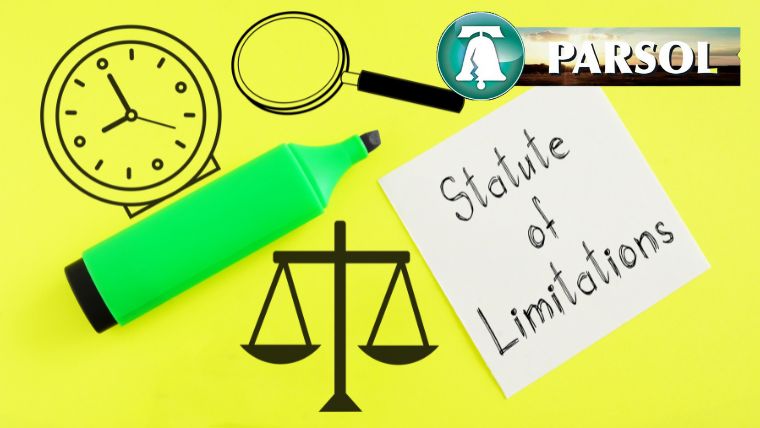Duquesne Law Review Vol 32, No. 3, Article 6 1994
John M. Mulchey
By JB
The following article from the Duke University Law Review explains how and why our Pennsylvania Supreme Court is more powerful than most other states’ supreme courts. The cases and the way our Supreme Court has interpreted its powers are explained through the Court’s interpretation of the Pennsylvania Constitution regarding the Separation of Powers Doctrine between the executive, legislative, and judiciary branches of government.
What is essential in this review is it helps understand why the Commonwealth and the Pennsylvania District Attorney Association is currently doing everything that it legally can do to try and stop the Court from ruling in our favor in Commonwealth v. Torsilieri, which is a “facial” attack on the constitutionality of SORNA II. SORNA II asserts that all sex offenders, no matter the crime that is labeled to be a sex offense in Pennsylvania, are a danger to society and should be on a public registry for the protection of society. You see, if our Supreme Court agrees with Torsilieri—that not all persons guilty of a sex offense are a threat to society—then the public registry as we know it may only contain information about court adjudicated sexually violent offenders, or maybe no registry at all.
Because of the unique power of the Pennsylvania Supreme Court, our legislature will not be able to create a new law to put all persons convicted of any sex offense back on the registry because of the Separation of Powers Doctrine. The brilliant and easy to follow law review article gives a brief and understandable explanation on why once the Pennsylvania Supreme Court settles a constitutional issue the legislature cannot override the decision with a new statute.




